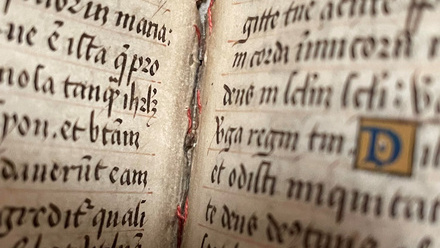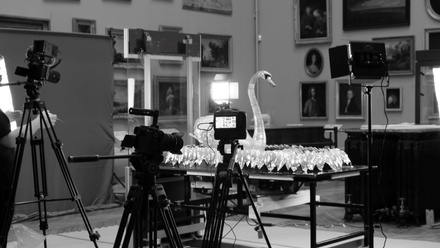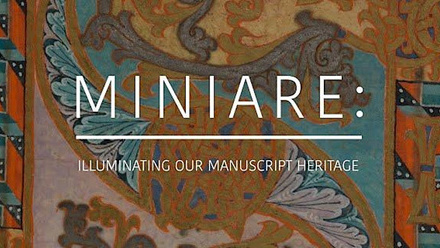Three years later, the Metropolitan Museum of Art (MMA) acquired its Thomas Hope gilded window bench (2014.136.a-d) slated for the re-opening of the British Galleries in 2020, the MMA’s 150th anniversary. The MMA’s conservation initiative began straight away and long before the CMA contemplated their settee’s reinterpretation.
This presentation will focus on the multi-year collaboration between two museums to conserve and reinterpret their respective pieces of Hope furniture. Early in the project, the MMA realized that CMA's settee had original show cover fragments. The project included determining the fiber content, colorant, and weave structure of the original upholstery fabric from extant evidence; undertaking dye analysis of an extant sample; commissioning the weaving and dyeing of reproduction fabric to match the extant sample, accomplished by Kate Smith at Eaton Hill Textile Works in Marshfield, Vermont; and the actual low interventive conservation reupholstery of two very different pieces of Thomas Hope furniture. The contrast between the two treatments will be highlighted; the successful final presentations now allow same exhibition display of both pieces of Hope furniture.
After the lecture, Isabella Rossi will share the outcome of the recent Textile Group Upholstery Survey with exciting news for the year ahead.



